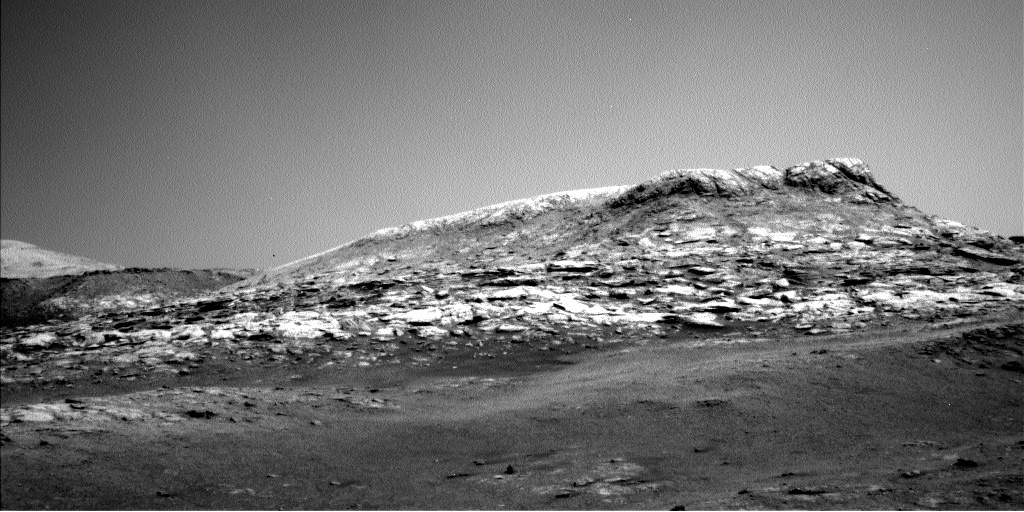2 min read

Today Curiosity is in an incredible area, with interesting rocks in the workspace and towering buttes ahead of us. “Central Butte” is visible in the above Navcam image.
There are some color variations within the workspace, with some gray blocks right in front of the rover. We have three contact science targets in the weekend plan; two are a combination of APXS and MAHLI observations, and one is a MAHLI-only observation. “South Ronaldsay” is on a flat bedrock target, and the Dust Removal Tool will be used to clear the dust before the MAHLI and APXS observations. “White Craig” is a MAHLI and APXS target on a different block to characterize any potential variations in this area. Finally, “The Doups” is a MAHLI-only target in which we will look obliquely at the side of a block to investigate the sedimentary structures in this area.
The weekend plan is also chock-full of remote science. ChemCam will target South Ronaldsay, so we can compare these results to the contact science observations. ChemCam will also target “Ruvaal,” which is on another part of the bedrock in the workspace, to test for variations. Mastcam will take documentation images of both of these ChemCam targets. Additionally, there are two large Mastcam mosaics in the plan. Curiosity is now driving through butte and tower country, so we planned mosaics to cover two of the nearby buttes. One mosaic is of “Central Butte,” which we will continue to drive around. Another is of “Rapness,” which is off to the east of the rover.
After all these observations, Curiosity will drive towards Central Butte to start investigating the laminations that outcrop there. To add even more science observations to the plan, Curiosity will also take mid-drive imaging with Mastcam in order to get stereo information of the butte. Usually we get stereo by taking a Mastcam image of a target with both the right and left Mastcam cameras. But we can also obtain stereo by taking a picture, physically moving the rover a little bit, and then taking another picture. This butte is showing off some amazing laminations, so we are doing this long baseline stereo observation to better characterize this area.
Written by Kristen Bennett, Planetary Geologist at USGS Astrogeology Science Center







